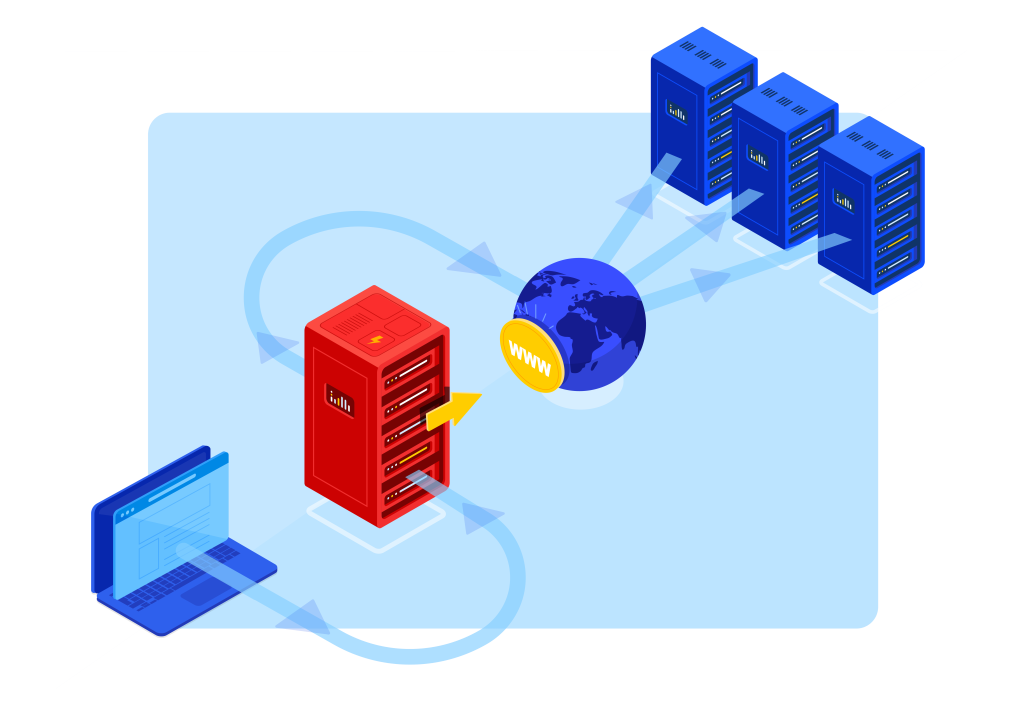While React provides a robust foundation for creating reusable components, mastering advanced techniques for component communication can elevate your app to new heights. One such technique is the strategic use of props, the lifeblood of data flow in React applications. Props, short for properties, are a fundamental concept in React that allows data to be passed from a parent component to its child components. However, the real power of props lies in their dynamic nature and the ability to trigger updates in child components based on changes in the parent. Leveraging this power-up can be a game-changer for your React app. One advanced technique involves the use of callback functions as props. By passing a function down to a child component, you create a direct line of communication that allows the child to interact with the parent.

This opens the door to dynamic updates and real-time responses, enabling a seamless user experience. Imagine a scenario where a child component triggers a callback function in the parent, leading to an immediate update in the UI. This powerful interaction is the result of skillful prop manipulation. Additionally, the Context API in React serves as a powerful tool for prop drilling avoidance. Prop drilling, the process of passing down props through multiple layers of components, can become cumbersome and impact code maintainability. The Context API provides a centralized store of state that can be accessed by any component within its scope, eliminating the need to pass props through intermediary components. This not only streamlines your code but also enhances the scalability and maintainability of your React app.
For even more dynamic communication between components, consider the use of state management libraries like Redux or Recoil jsx string interpolation. These libraries provide a centralized state that can be accessed by any component, irrespective of their position in the component tree. This global state management approach minimizes the need for excessive prop passing and simplifies the synchronization of state changes across the entire app. In conclusion, while props are the foundation of data flow in React, mastering advanced techniques for their usage can significantly enhance your app’s performance and maintainability. From callback functions for direct communication to the Context API for prop drilling avoidance and state management libraries for global state synchronization, the possibilities are vast. By strategically employing these techniques, you can power up your React app and take component communication to the next level, providing users with a seamless and responsive experience.






